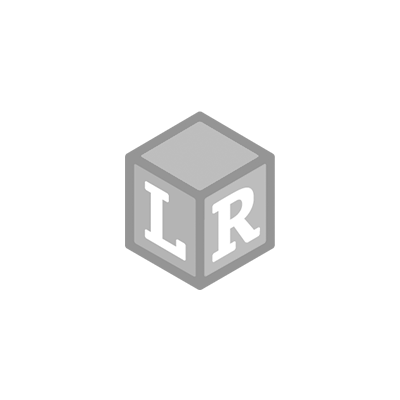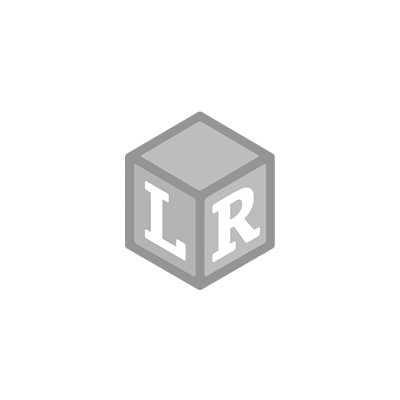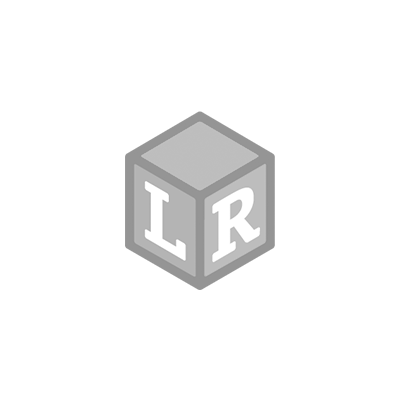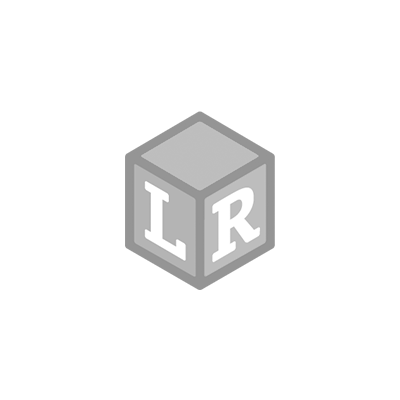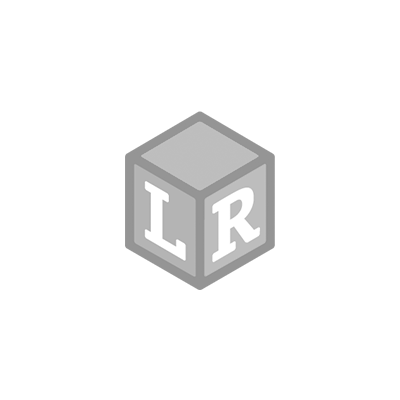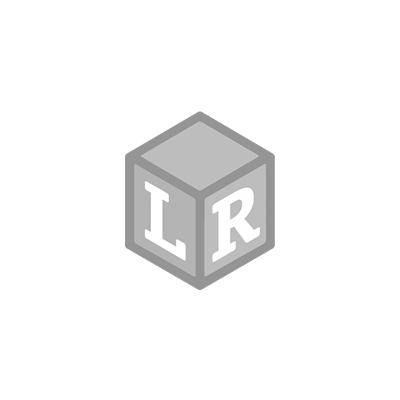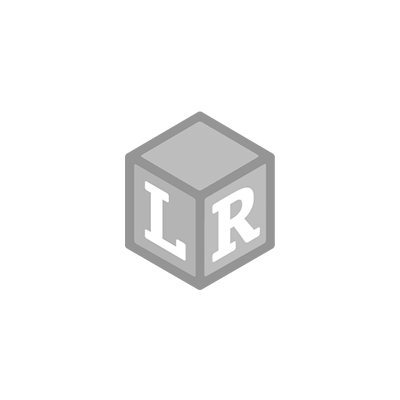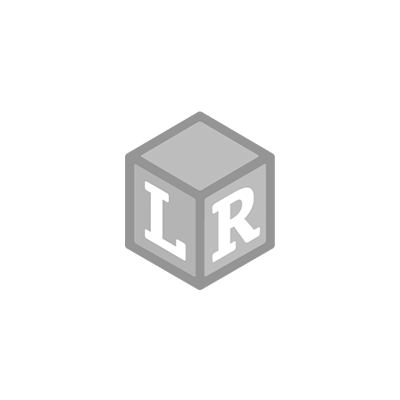Grow It! Garden Sensory Play - Two Ways!
- Gabrielle Fischer Posted On Mar 15, 2021 | Social-Emotional Learning
Grow It! Garden Sensory Play - Two Ways!
In our neighborhood, the snow has melted and the sun is shining, so we have spring-themed sensory and pretend play on the brain! For this activity, we combined our Learning Resources New Sprouts Grow It! gardening set with two simple sensory bin set-ups: one made up of dry sensory materials and relatively easy to clean up, the other wet, messier, and requiring a bit more prep work. Depending on the amount of time you have and the sensory experience you want to provide, both are great ways to engage your toddler in some seasonal learning fun!
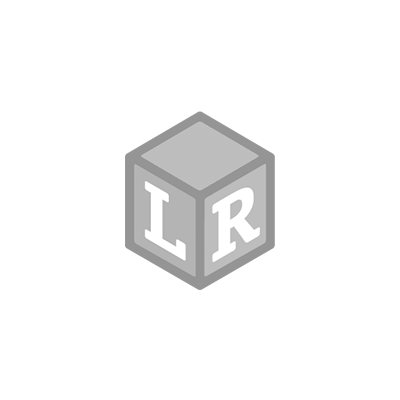

What You'll Need to Get Started
Materials we used for both activity set-ups:
- Learning Resources New Sprouts Grow It! set
- Sensory bin/tubs
- Picture books about gardening, flowers and vegetables (optional)
Additional materials we used for the dry sensory set-up:
- Black and/or brown beans (to represent dirt or plant seeds)
- Green and brown shredded paper (to represent grass)
Additional materials we used for the wet sensory set-up:
- Water
- Cocoa Oobleck (to represent mud)
- Vegetable scrub brush
- Measuring cup/spoon


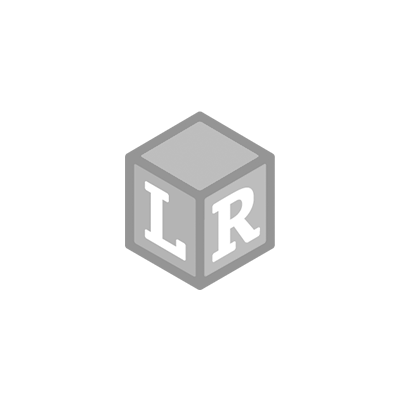

The New Sprouts Grow It! gardening set includes three small pots, mix-and-match flowers and vegetables to ‘plant’ inside, a small shovel, and a watering can -- all bright, colorful, and easy to clean!
Setting up our dry sensory bin was very easy -- we simply poured black and brown beans into our bin and added some shredded paper for grass-like textures before introducing our Grow It! set to the mix.
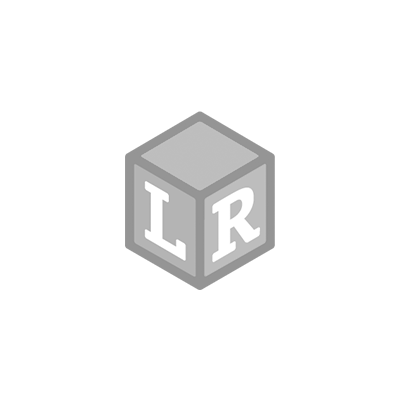

For the wet sensory bin activity, we added the New Sprouts Grow It! set to a larger storage tupperware tub and then placed two smaller bins inside to help contain the mess. Even still, we recommend keeping wet wipes nearby and/or throwing down a towel around the play area to make clean-up even easier. We set ours up in the bathroom, so we could transition right to bath time immediately after our messy sensory play!
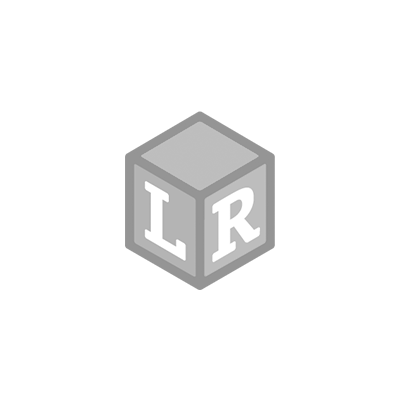



Inside the two smaller tubs, we included (1) water and (2) cocoa ‘mud’ oobleck. To make the cocoa oobleck, simply use a rubber spatula or your hands to mix cornstarch (about 1.5 cups), water (about 1 cup), and cocoa powder (for mud-like color, about 3 tablespoons) together until you reach the desired consistency.
Both sensory activity set-ups gave our toddler the opportunity to independently role play gardening -- just like she saw her parents do in her backyard last year when she wasn’t nearly as independently mobile!
There are so many learning benefits to simple, playful set-ups like these sensory bins. Tactile, open-ended imaginary and sensory play helps to foster fine motor development and confidence with posting, scooping, and pouring skills. We also worked on our social skills by sharing and taking turns with each of the gardening tools and toys
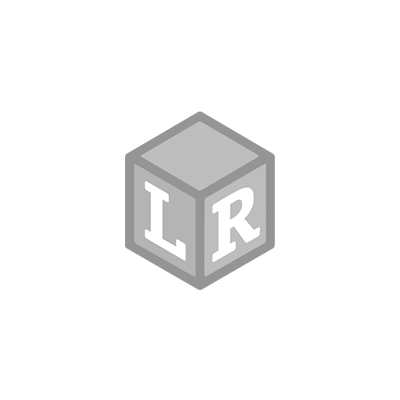

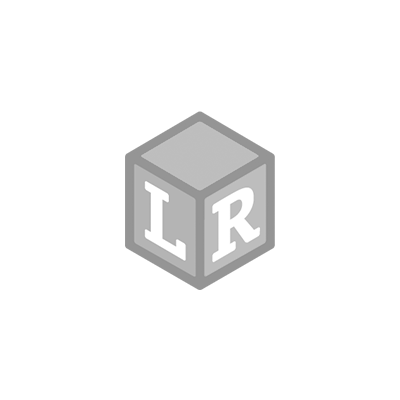

Further, while pretending to plant and water each flower or vegetable, we tried out new garden-themed vocabulary -- ‘petals,’ ‘stem,’ ‘soil,’ ‘dig,’ ‘scoop,’ and ‘pour,’ etc. -- which presented valuable, contextualized opportunities for her overall language development. There were also ample opportunities to practice color recognition by identifying the hue of each pot, veggie, flower and sensory bin material.
In the dry sensory bin, we made early math skills fun by counting the ‘dirt’ beans or seeds, as well as the petals and leaves on each plant. The wet sensory bin fillers allowed our budding gardener to practice pouring water from the set’s toy watering can and mimic rinsing and scrubbing off mud-streaked root vegetables from a springy, rain-soaked garden. Real gardening is rarely a tidy activity, after all!


All in all, the New Sprouts Grow It! set is a win in our book. We can’t wait to bring it outside this summer and let her explore it in the real mud kitchen! No matter how we present it to our child, we know it will build her curiosity and confidence and prepare her to assist in our backyard garden.
Looking to adapt or extend your garden-themed play and learning even further?
- Explore and discuss what real plants need to grow (water, sunlight, soil, etc.).
- Get out the paper and crayons and plot out your own future or imaginary garden. What vegetables or herbs would your child want to grow? Where would they plant them?
- Compare the pretend garden pieces in the Grow It! set with examples from fiction and non-fiction picture books. Diverse, inclusive and engaging titles we enjoyed reading this week to complement our imaginary play and reinforce our learning included:
- Lola Plants a Garden by Anna McQuinn (picture book)
- If You Plant a Seed by Kadir Nelson (picture book)
- Errol’s Garden by Gillian Hibbs (picture book)
- My Garden by Kevin Henkes (picture book)
- Mrs. Peanuckle's Vegetable Alphabet and Flower Alphabet (board books)
 Shop UK Site
Shop UK Site 
